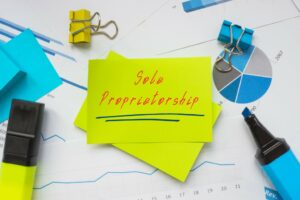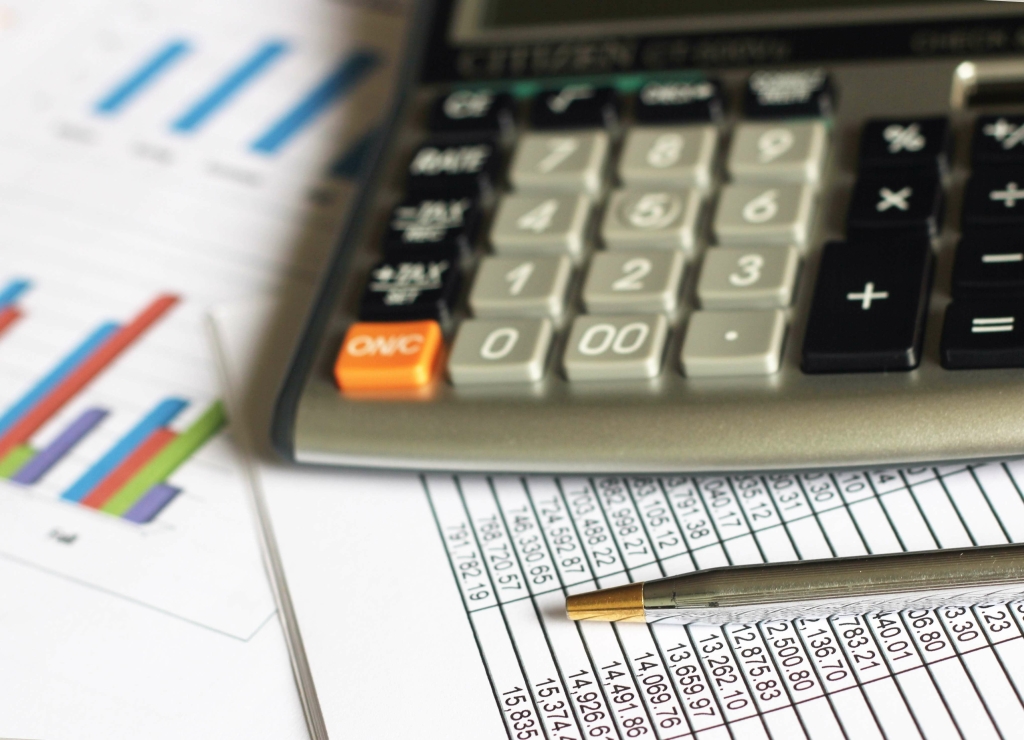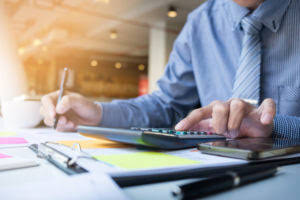
It aims to accurately forecast your business’s cash flow needs by effectively tracking and controlling your cash inflows and outflows. Accounts payable (AP) plays a crucial role in cash flow management because it tracks how much money your company owes vendors. You need to pay vendors on time to stay in good standing and ensure they provide the products or services you need to properly run your business.

Ask a Financial Professional Any Question

11 Financial may only transact business in those states in which it is registered, or qualifies for an exemption or exclusion from registration requirements. 11 Financial’s website is limited to the dissemination of general information pertaining to its advisory services, together with access to additional investment-related information, publications, and links. Look for tools and solutions that will scale effectively with your business.
Conduct Customer Credit Checks
The foundation for collaborative supplier partnerships is rigorous supplier management to ensure higher standards and resilience. One global fashion company regularly evaluates suppliers on price, lead time, quality, and code of conduct, then segments suppliers into multiple tiers based on the evaluation. The first tier consists of critical suppliers that are top priorities for long-lasting relationships and enhanced collaboration. The last tier is for suppliers that did not meet the criteria and are targeted to be phased out. Regular, robust reviews of the supplier base can help companies optimize their supply chains and identify priority suppliers for collaborative relationships. Disruptions in demand and the supply chain have caused large, unexpected fluctuations in inventory levels.
Negotiate Payment Terms With Vendors
Organizations can focus on three areas to improve the cash flow from their accounts receivable. The pandemic demonstrated that a clear focus on cash excellence https://www.bookstime.com/industries as part of ongoing operations prepares companies to be more resilient during a crisis and stronger and more competitive when emerging from it. Companies that managed cash prudently before the pandemic have remained resilient, while less-prepared companies faced existential threats in the face of a liquidity crunch (with some filing for bankruptcy).
- We often see this issue with complicated products and services that require manual invoicing—for example, projects with multiple invoice dates linked to specific milestones.
- Consider implementing early payment discounts or other incentives to motivate prompt payments.
- Many suppliers are happy to work out a flexible payment plan or offer a payment extension.
- Because cash flow is central to your business’s financial health, it’s important to find ways to effectively manage and improve it.
- With these additional revenue sources in place, you can still generate income when one area experiences a decline.
- To begin with, borrow only goods that can be paid with less strain bearing in mind the high-interest charges.
Improve Budgeting And Forecasting
- Financial insight can make or break a construction business, and managing cash flow properly can prevent costly surprises.
- As these companies transition to the next normal, they should embed the rigor of cash-war-room governance into their existing governance structures.
- Streamlining these multiple terms within a single customer organization can be an initial step toward standardization.
- By implementing AR automation, optimizing inventory management, and streamlining your invoicing process with payment technologies, you can improve your cash flow.
- This new level of collaboration opens the door to better partnerships that will build resilience for the ecosystem in the long term.
- It specializes in integrating your cash flow analysis with the overall financial picture of your business.
It specializes in integrating your cash flow analysis with the overall financial picture of your business. Many suppliers are happy to work out a flexible payment plan or offer a payment extension. The key is to establish strong, trusting relationships with them before your cash flow situation gets dire. It’s important to project your cash flow as far into the future as possible — ideally six months to a year — so you can make strategic, long-term investments while knowing you’ll have enough money to cover expenses. Learn more about cash flow, and then follow our top 10 strategies to improve your company’s cash flow management. A positive investing cash flow signifies that a business is disposing of its long-term assets, while a negative investing cash flow indicates that a company is investing in its future growth.
Financial Tools for Cash Flow Management

First, successful companies establish robust customer-credit rating systems and clear policies on maximum credit exposure, maximum payment terms, and pricing. These systems and policies are accessible to sales, credit, and collection teams, and can help companies guide all new and existing customers through a proper onboarding process. Decision rights should be assigned to employees at the lowest possible level, with an effective escalation structure up to the CFO for matters with significant implications on cash. An owner should be clearly assigned to each process (source to invoice, procure to pay, and overdue management) and empowered to improve its performance. Leaders signal to the rest of the organization that capital efficiency metrics (for example, cash conversion cycle) are as important as metrics related to cash flow management for small business pure profit and loss (P&L).
For example, AI-powered systems could automatically identify suppliers likely to accept card payments in exchange for faster payment terms, enabling businesses to negotiate favorable terms without direct outreach. Compliance with financial regulations and standards is essential to avoid penalties and maintain credibility. Outsourced CFOs stay abreast of the latest regulatory changes and ensure that the company’s cash flow management practices adhere to these standards. Look at what line of credit, business loan and other financing options are out there. Invoice factoring and invoice financing are also great ways to get advanced payment on outstanding invoices. It can help your company get the money it deserves earlier than a client is willing to pay.

Effective management ensures that companies are well-prepared to meet obligations and capitalize on new normal balance opportunities in the upcoming fiscal year. One of the best ways to improve your cash flow system is to invest in cash flow management software. As you can see, there are a lot of strategies to improve your cash flow management, and modern software can do a lot of it for you.


